Ashley B.
Content Writer (Hi! I’m Ashley, a Linux Administrator with a passion for making Linux simpler and more accessible for beginners. Since 2021, I’ve been writing friendly, practical guides at OperaVPS to help users install software, use the command line, and get comfortable with their VPS. Linux doesn’t have to be intimidating. and I’m here to show that anyone can learn it with the right support and a little curiosity.
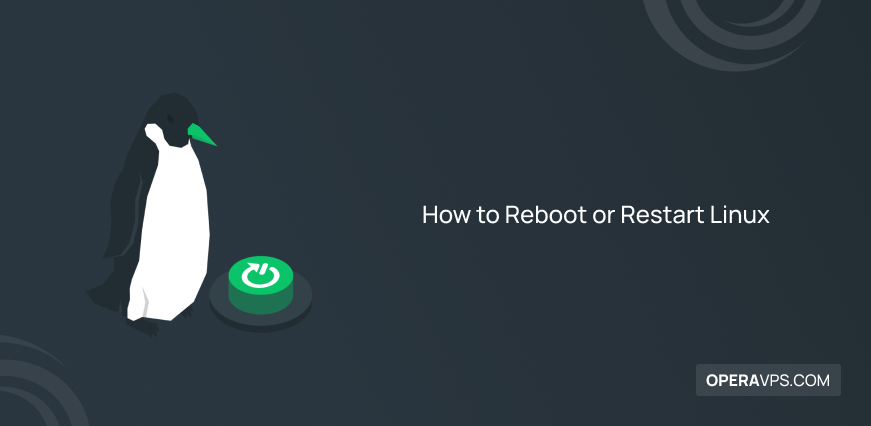
Reboot or Restart Linux Simple Step By Step Guide
Reboot or restart Linux to safely refresh your system, apply updates, or resolve issues. Use terminal commands like reboot, shutdown -r, or systemctl reboot for a clean system restart. 🤖AI Overview: Reboot or restart Linux involves using command-line instructions such as reboot, shutdown with the -r option, or systemctl reboot. These commands require sudo or […]
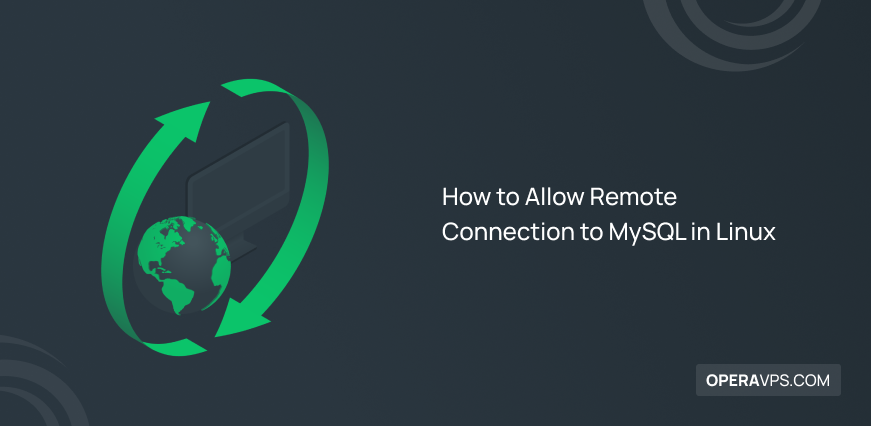
Allow Remote Connection to MySQL on Linux
Allow Remote Connection to MySQL means configuring the server to accept connections from other systems by setting the bind address, opening firewall port 3306, and granting user privileges for remote access. 🤖AI Overview: Allow Remote Connection to MySQL involves configuring MySQL to listen on a public IP and adjusting firewall settings for inbound traffic on […]
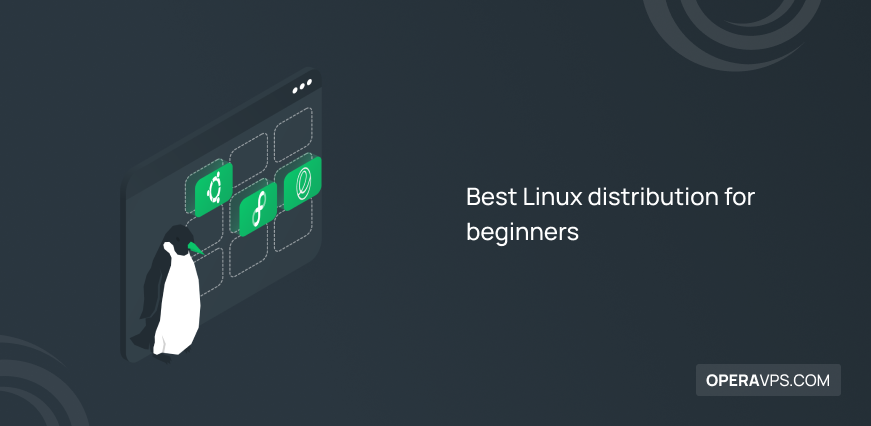
Best Linux Distribution for Beginners
The best Linux distribution for beginners offers simple installation, user-friendly interfaces, and strong community support. Ubuntu and Linux Mint are ideal choices due to their ease of use and compatibility. 🤖AI Overview: The best Linux distribution for beginners is typically Ubuntu, known for its user-friendly interface and strong community support. Other options like Linux Mint […]

Centos vs Ubuntu
Whether you are deploying a new VPS or managing enterprise infrastructure, the question of CentOS or Ubuntu defines your server’s stability, security, and long-term performance. Both are respected Linux server distributions, but their paths have diverged dramatically in recent years. With CentOS now restructured as CentOS Stream and Ubuntu continuing its dominance in cloud and […]
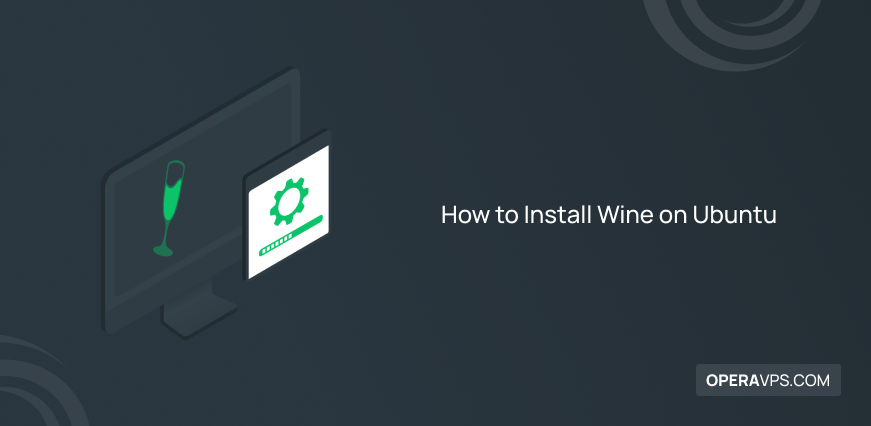
How to Install Wine on Ubuntu
Wine is a powerful compatibility layer that enables you to run Windows applications and games on Ubuntu without the need to install Windows or use a virtual machine. It translates Windows API calls into Linux system instructions, offering near-native performance for many .exe programs. To install Wine on Ubuntu, just enable 32-bit architecture, add the […]
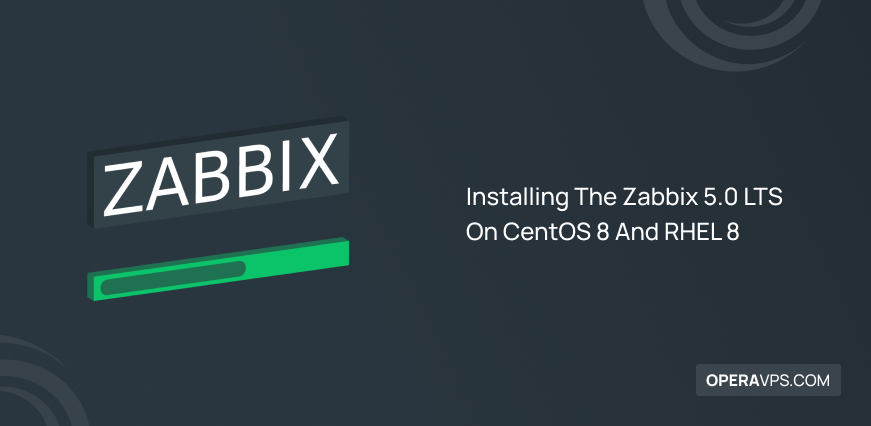
Installing The Zabbix 5.0 LTS On CentOS 8 And RHEL 8
Installing The Zabbix 5.0 involves setting up Zabbix, an open-source network monitoring tool, on a Linux server. It includes installing Apache, PHP, MariaDB, configuring the database, and starting Zabbix to monitor network and server performance effectively. 🤖AI Overview: Installing The Zabbix 5.0 entails configuring the Zabbix monitoring system primarily on CentOS 8 or RHEL 8 […]
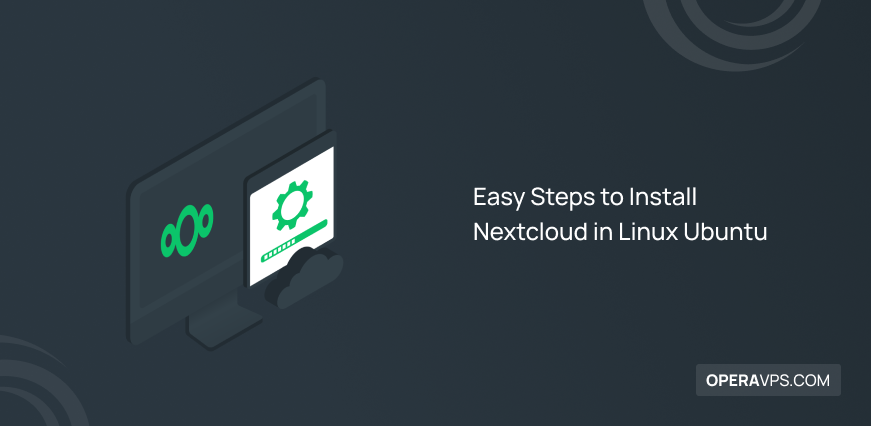
Install Nextcloud on Ubuntu Linux in 4 Easy Steps
Install Nextcloud on Ubuntu Linux in 4 simple steps to enable private cloud storage. This guide covers system update, dependency installation, Nextcloud setup, and configuration for seamless use. 🤖AI Overview: Install Nextcloud by setting up the open-source cloud storage platform on a Linux Ubuntu server. This guide covers installing a LAMP stack, database creation, Nextcloud […]
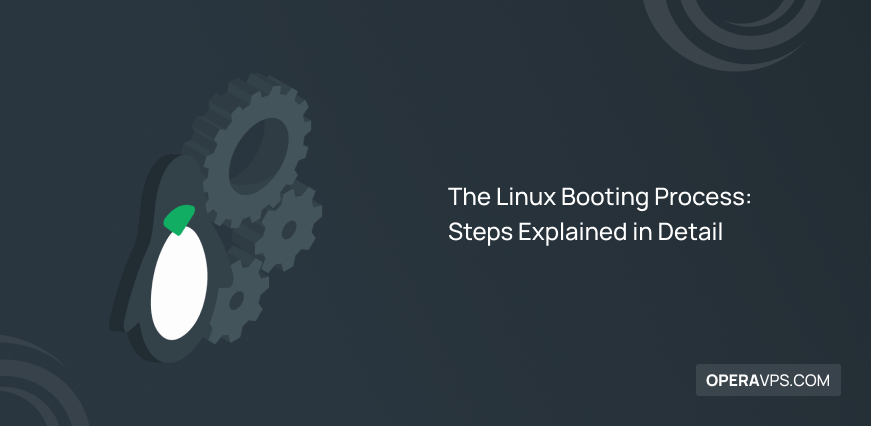
Linux Booting Process Explained in 6 Easy Steps
The Linux Booting Process is a sequence from powering on to login prompt involving BIOS checks, MBR loading, GRUB menu, kernel startup, and init launching system services. It ensures proper system readiness for users. 🤖AI Overview: The Linux Booting Process begins with system power-on and progresses through BIOS checks, the Master Boot Record loading, and […]

Kali Linux Overview and Practical Uses
Kali Linux is a Debian-based operating system designed for penetration testing and security auditing. It offers over 600 tools essential for ethical hacking and digital forensics. 🤖AI Overview: Kali Linux is a Debian-based OS tailored for advanced penetration testing and security auditing. It is maintained by Offensive Security and includes a wide range of tools […]
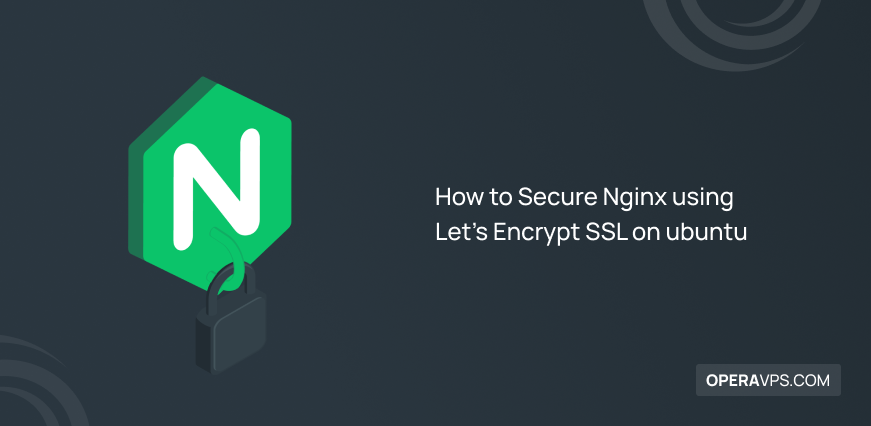
Secure Nginx using Let’s Encrypt SSL on Ubuntu
Secure Nginx using Let’s Encrypt means installing a free SSL certificate to enable HTTPS on your website. This is done by using Certbot to request the certificate and configure Nginx, ensuring encrypted and secure data transfer for visitors. 🤖AI Overview: Secure Nginx using Let’s Encrypt involves obtaining a free SSL/TLS certificate to enable HTTPS and […]
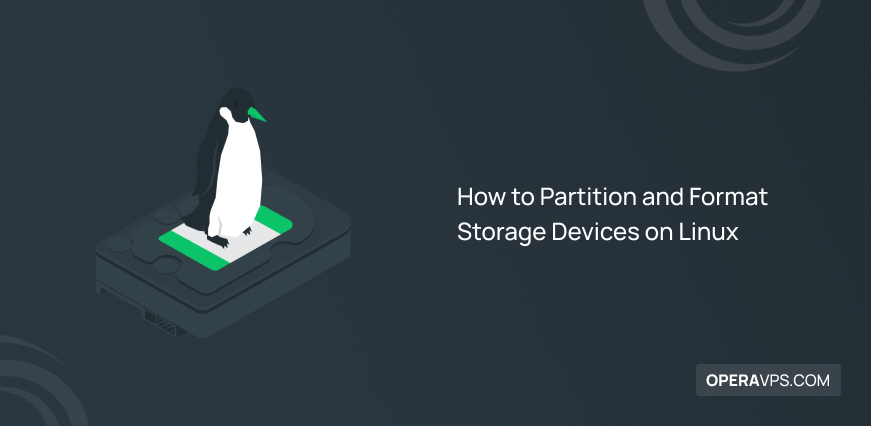
Partition and Format Storage Devices on Linux
Partition and format storage devices on Linux by dividing drives into partitions and preparing each with a filesystem. This organizes data efficiently and readies devices for use by the OS. 🤖AI Overview: Partition and format storage devices on Linux to organize storage and enable data management. Use tools like fdisk, parted, and mkfs to create […]
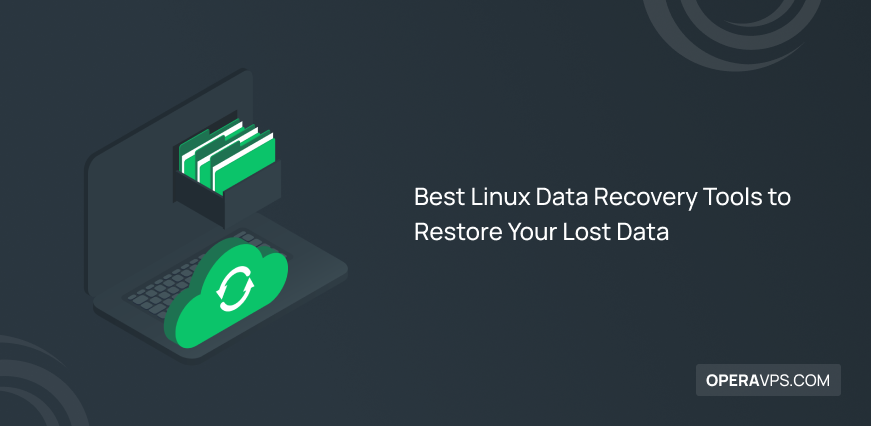
10 Top Linux Data Recovery Tools for Effective File Recovery
Linux Data Recovery Tools help restore lost, deleted, or corrupted files on Linux systems by scanning drives, recovering partitions, and fixing disk errors. These tools support various Linux file systems and are essential for efficient data recovery. Here are the Best Linux Data Recover Tools in 2025: TestDisk: Partition & File Recovery. PhotoRec: File Recovery. ddrescue: […]
